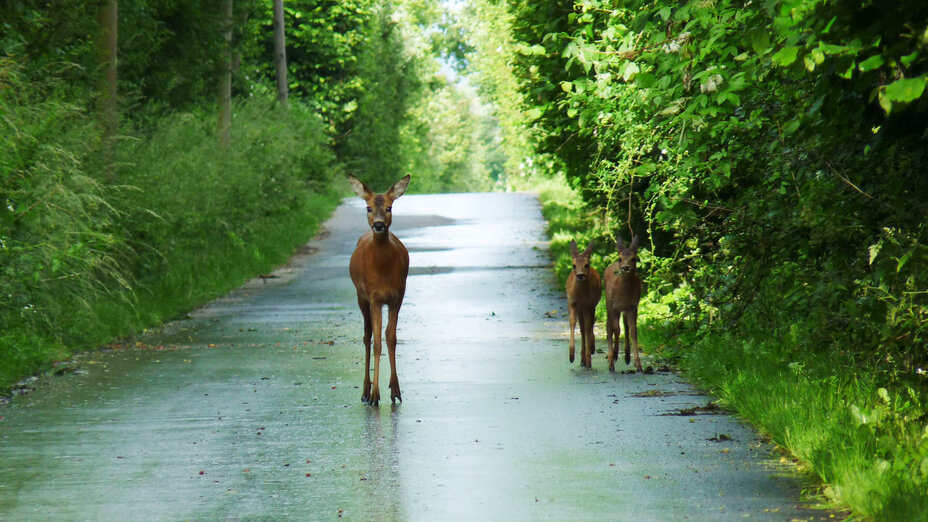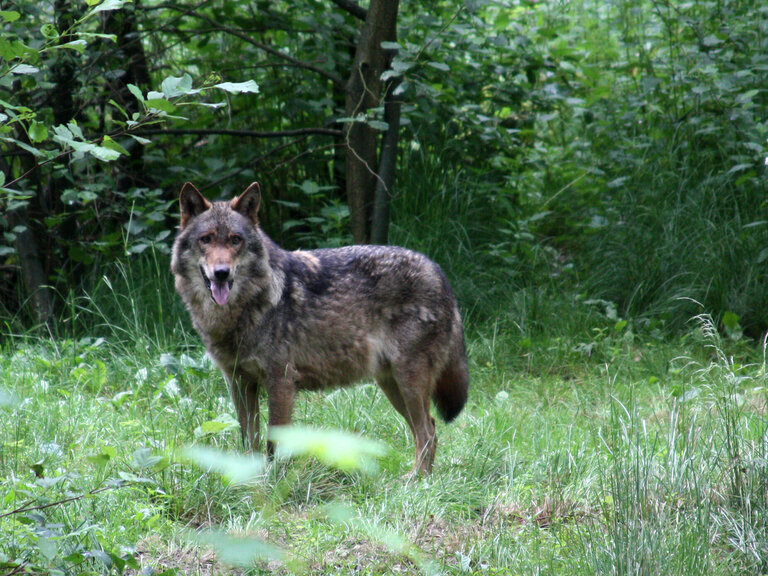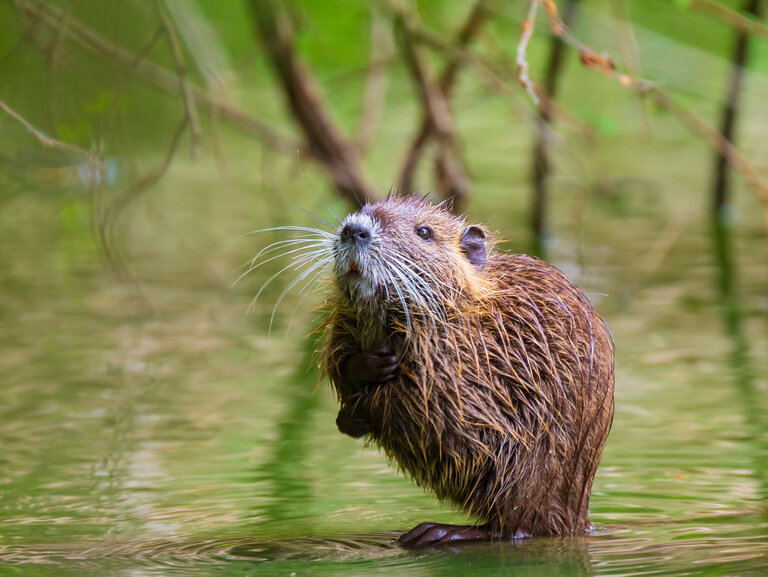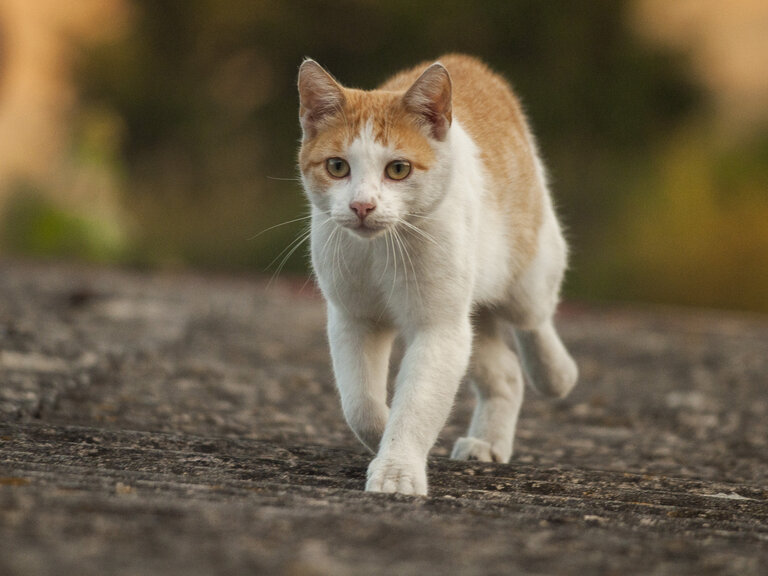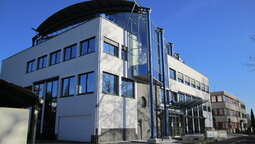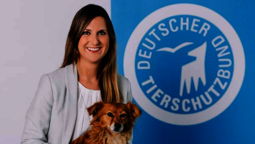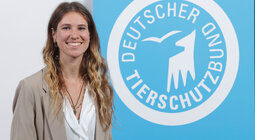Wild animals are exposed to increased dangers from road traffic, especially in April and May, warns the German Animal Welfare Federation. This is not only due to the recent time change from winter to summer time. Roe deer, hedgehogs, martens, wild boars and rabbits are also more active due to the search for suitable habitats or the mating season and cover longer distances. As a result, they have to cross roads more frequently. At the same time, many wild animals are active at dusk and at night, which is why wildlife accidents are particularly common during the morning rush hour. To minimize the risk, the German Animal Welfare Federation advises drivers to adjust their speed, especially in high-risk areas.
"Drivers should drive particularly carefully in the early hours of the morning and in the evening - especially on roads in fields and wooded areas. During this time, many wild animals are out and about looking for food. An animal that appears at the side of the road is often followed by others. Young roebucks also cross roads particularly frequently in April and May to find suitable hunting grounds," says James Brückner, Head of the Wildlife Department at the German Animal Welfare Federation.
DO NOT DRIVE FASTER THAN 60 KILOMETERS PER HOUR IN RISK AREAS
Around 265,000 wildlife accidents were registered in 2022 alone1. In the majority of cases, deer are involved, followed by wild boar, fallow deer and red deer. Representative figures for other wild animals are not yet available or often go unnoticed. However, the number of unreported cases is likely to be enormous.
"These figures could be lower if approaching vehicles did not drive faster than 50 to 60 kilometers per hour. Then wild animals would still have a chance to escape," says Brückner. In addition to driving at an appropriate speed, the German Animal Welfare Federation recommends that drivers maintain a sufficient distance from the vehicle in front, be ready to brake and keep an eye on the hard shoulder. This is the only way drivers can brake in time. If game appears at the side of the road, you can try to draw its attention to the danger by honking loudly and driving it away from the side of the road. Turning on the headlights has the opposite effect: the bright light can confuse the animals so that they can no longer orient themselves. Often, this is what really puts them in danger.
If a wildlife accident occurs despite all caution, the scene of the accident must be secured immediately and the police informed at the scene. "Every driver has an ethical and legal obligation to look after an animal that has been hit. But even a person who did not cause the accident should not look away, but act," concludes Brückner.
Sources:
1 Gesamtverband der Versicherer (2022): https://www.gdv.de/gdv/medien/medieninformationen/wildunfaelle-die-unterschaetzte-gefahr-154542

